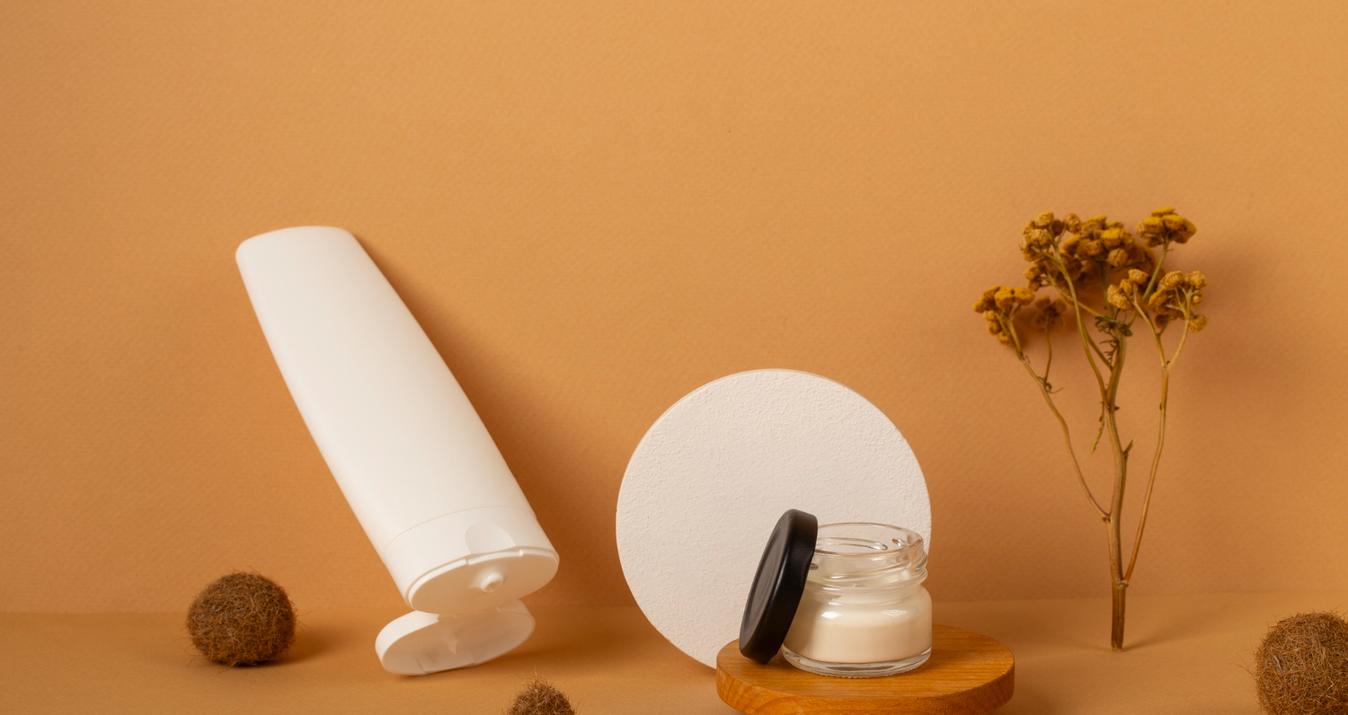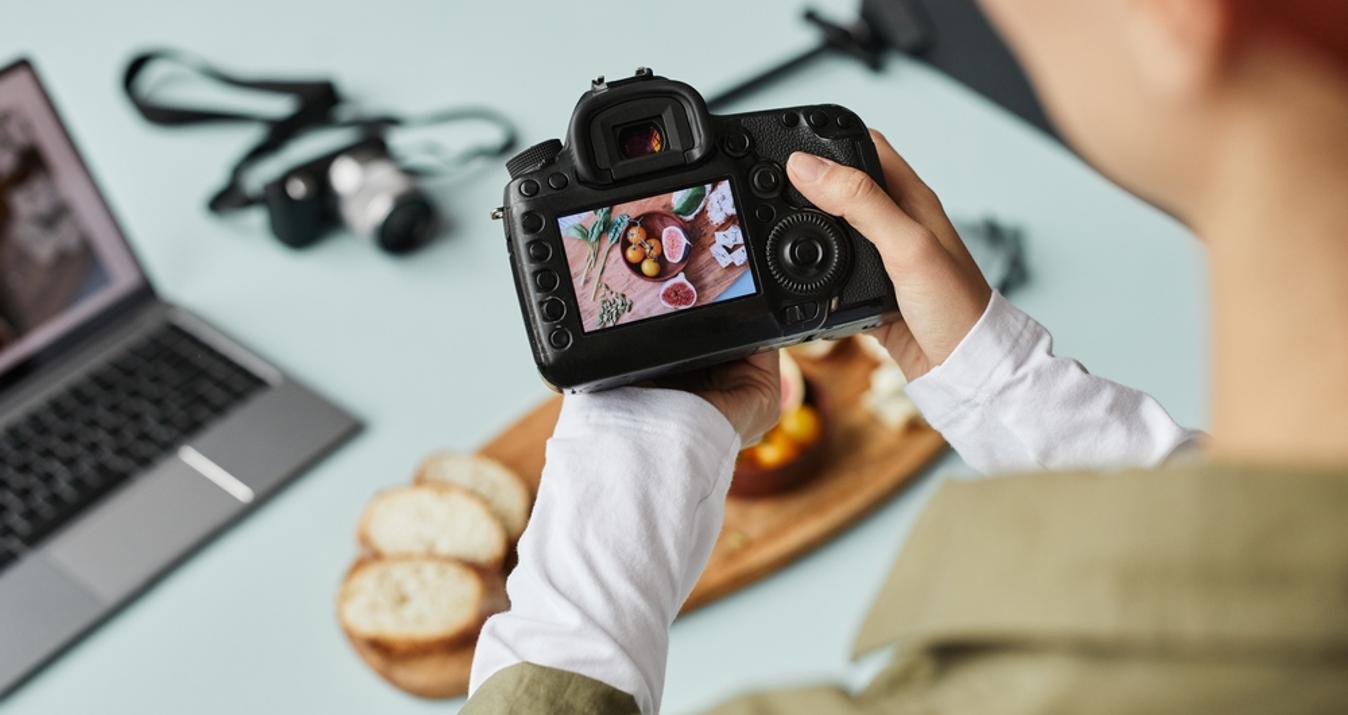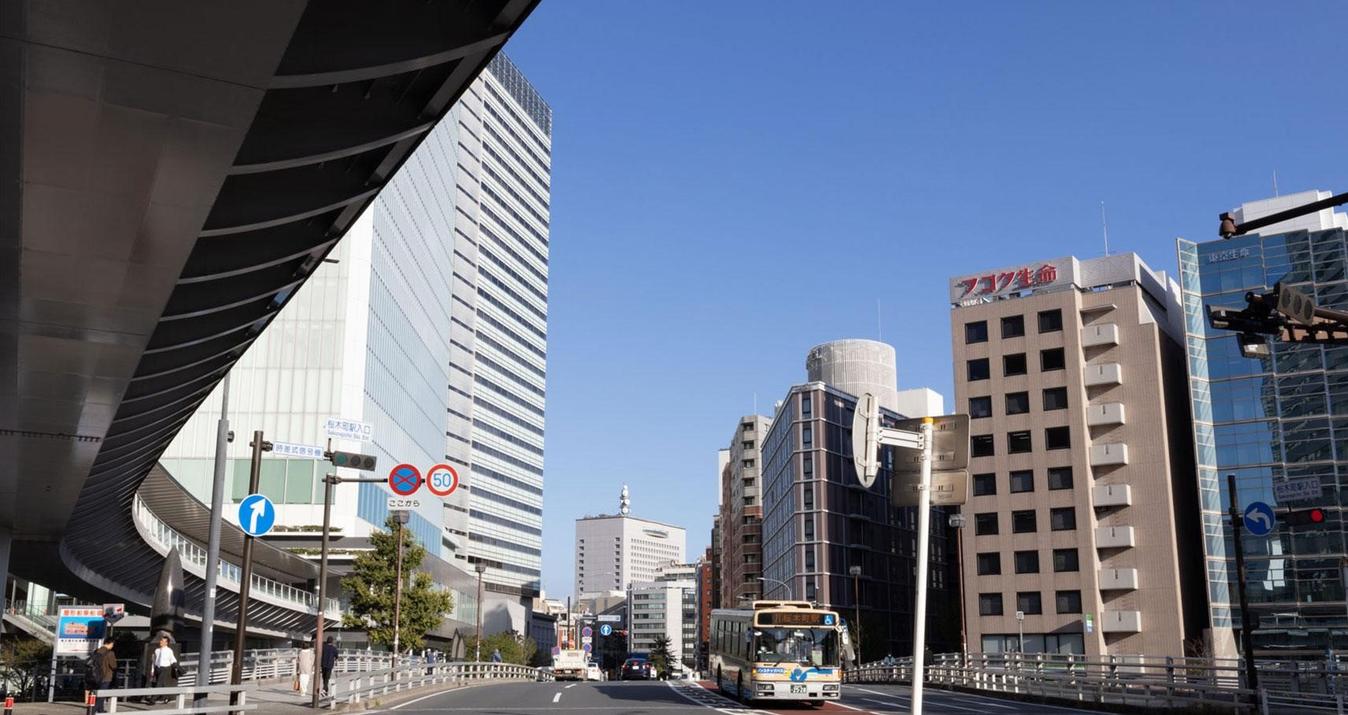Dodge and Burn: Old-School Techniques or Useful Tools?
September 15, 2017
Burn and Dodge Tools are considered obsolete by some photographers and photo editors, but are they?
In photo editing circles, there’s some debate over the usefulness of dodging and burning tools in today’s software. In fact, there are some applications that don’t include them at all. Many photographers and editors don’t use them even if they have access to them. In this article, we’ll discuss the Dodge and Burn Tools, their usage and their value in the modern photo industry.
A Little History Lesson

To really understand these tools, we need to take a look at their origin. Let’s step back in time to when editing a photo meant spending hours in the darkroom.
In those days, if a photographer needed to reduce or increase the exposure value in a portion of a photo, the process was complicated. It often involved a lot of guesswork, too. The adjustment was made in the enlarging stage, when the photo negative was projected on photographic paper.
The principle was simple enough: If an area needed more light than the rest of the photo, that area would be exposed to the projected light for a longer period of time (“burned in”). If it needed less, the light needed to be blocked from that area for part of the exposure time (“dodged out”).
Typically, a dodging tool consisted of a wire handle attached to an opaque disc, sometimes with an irregular edge.
 Illustration credit: きたし, shared under CC BY-SA 2.5
Illustration credit: きたし, shared under CC BY-SA 2.5
A burning tool was often simply a sheet of heavy paper with a hole, but a photographer might simply use his hands to block the light with a gap to allow it to pass through.
 Illustration credit: きたし, shared under CC BY-SA 2.5
Illustration credit: きたし, shared under CC BY-SA 2.5
Either tool had to be kept in motion during the exposure, to avoid creating hard lines of difference in exposure.
The results couldn’t be judged until the developing stage. If the effect wasn’t quite right, then the whole process started over, with a new sheet of photo paper and more time.
Enter the Digital Age

We hope that little trip backward was useful for those of you who missed the days of film photography and darkrooms. It may have been a “purer” form of photo making, but it was certainly more tedious.
Fast forward to the present, and you’ll have a new understanding of those little icons that represent the Burn and Dodge Tools in many modern photo editing applications. Coincidentally, their use is very much the same today, but adjustments are easier and we get to see the results right away. We can also “undo” them.

Burn Tool: This tool increases the exposure value of the areas it’s applied to. The tool size, opacity and edge softness are typical options. Many applications also allow you to select which values it affects (shadows, midtones or highlights). Like its analog predecessor, it’s best to keep this tool moving while you’re using it.
Dodge Tool: As you’ve probably determined, this tool decreases the exposure value of any area it’s applied to. Its options and usage are identical to the Burn Tool, with the opposite results.
What’s Wrong with Them?

The short answer to that question is, “Nothing.” These tools are every bit as useful in digital photo editing as they were back in the “dinosaur days” of analog photography. What’s more, they can be used much more strategically, even to the point of adjusting a specific color or tonal range. This makes them very useful in HDR editing in many instances.
The reason you hear less about them these days is that they’ve been somewhat replaced by other tools and filters in modern software. Shadow and Highlight, Tone Curve, Levels and other adjustments can be combined with high-tech masking methods like Luminosity Masking to create similar adjustments.
These new tools generally make more subtle and selective adjustments possible. They can also be combined with layer Blending Modes to widen the scope of their usefulness. Finally, the introduction of AI and presets in applications like Luminar gives us easy access to specific enhancements.
Why Use Them?
Regardless of their limited scope, the Burn and Dodge Tools are far from obsolete. In fact, they’re so useful in the digital age that photo editors have found ways to simulate them in applications that don’t include them.

In particular, dodging and burning can be valuable in putting the finishing touches on an HDR conversion. That’s one reason that the smart folks at Skylum have included Dodge and Burn Tools in the 2018 release of Aurora HDR.
Love them or Hate them, but Give them a Try
Whether you’re an old-timer in the photograph editing game or a digital kid, burning and dodging are techniques you should at least attempt to learn. We’ll have some tutorials on their use for you soon. They’re not everyone’s “cup of tea”. You just might find, however, that they’re exactly what you’ve been looking for!






